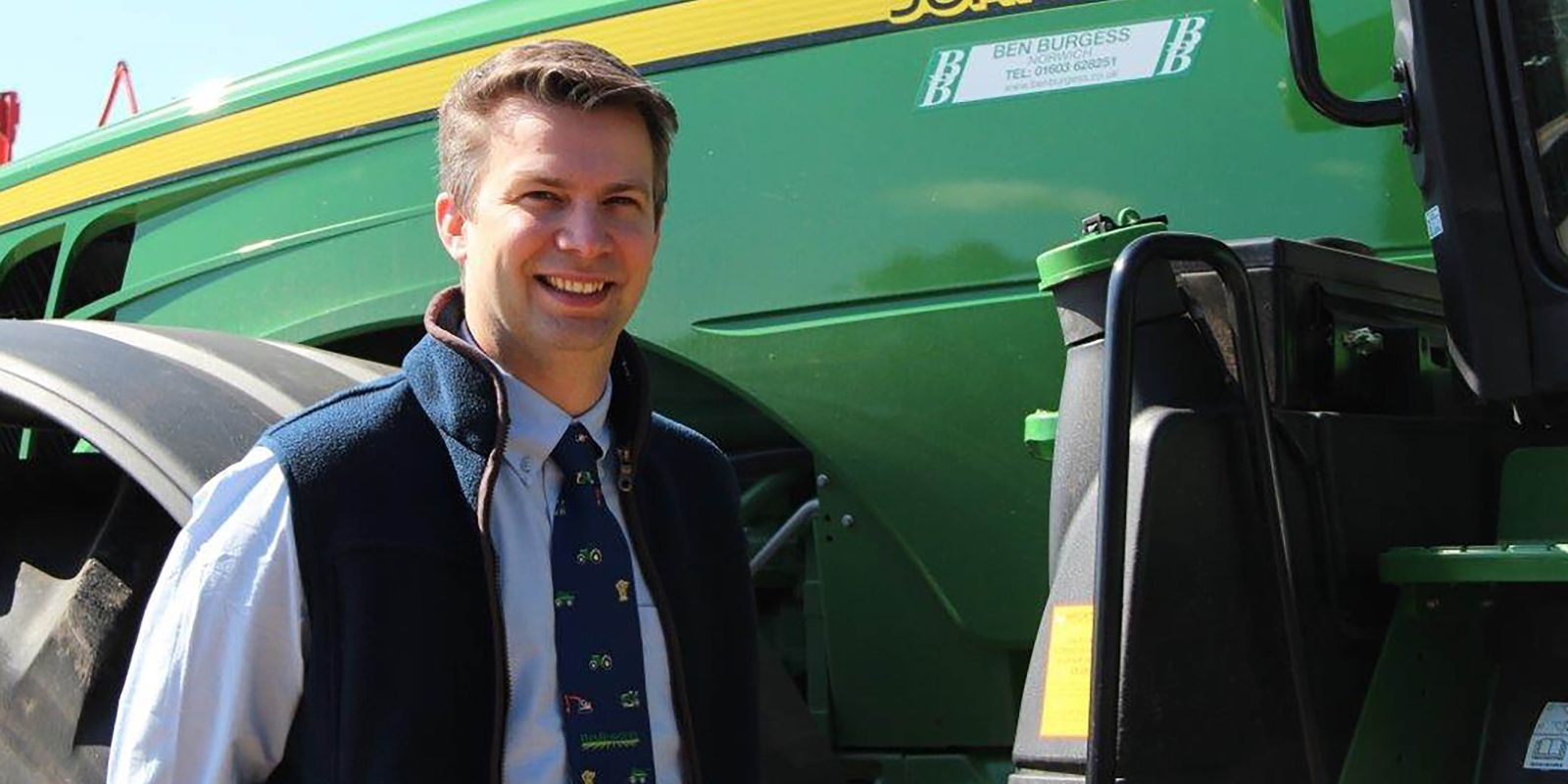DRIVING ENERGY EFFICIENCY IN ARABLE FARMING: THE ROLE OF TECHNOLOGY AND THE FOOD CHAIN
Greater Lincolnshire Food Board Member Ben Turner, of Ben Burgess & Co, reflects on the trends in farm machinery technology to deliver efficiency gains.
Recent years have seen big increases in energy costs with the cost of ‘red diesel’ used on farms increased rapidly when energy costs spiked in 2022. Prices have since fallen back, but the big increase in costs in 2022 focused attention on the need to deliver fuel efficiency in agriculture, both through changing farming practice such as moving to less intensive tillage and by investing in technology to make machinery like tractors more efficient.
As agriculture adapts to the twin challenges of climate change and rising input costs, energy efficiency in arable operations is therefore becoming a strategic priority. Farmers are at the forefront of this transformation, supported by innovations in machinery and a food chain increasingly focused on sustainability. At Ben Burgess & Co, we see first-hand how these technologies are helping customers drive efficiency.
One standout development is the John Deere E-AutoPowr transmission, the first electro-mechanical infinitely variable transmission (IVT) in the industry. Available on 8R, 8RT, and 8RX tractors, this system replaces hydrostatic components with electric motors, significantly reducing power losses and improving fuel efficiency. It also enables electric power generation - up to 100kW - which can be used to power implements, reducing the need for hydraulic systems and further improving overall energy use.
In harvesting, the John Deere X9 Combine sets a new benchmark for driveline efficiency. The X9 1100 model features a redesigned belt drive system and the ProDrive XL transmission, which together reduce parasitic losses and improve fuel economy by up to 20% per ton harvested. The simplified driveline - with fewer chains and optimised belt routing - lowers horsepower requirements while maintaining high throughput, enabling farmers to harvest more acres per day with less fuel.
Beyond machinery, precision agriculture tools like AutoTrac and JDLink help optimise input use, reducing the energy embedded in fertilisers, pesticides, and irrigation. These technologies allow for more targeted applications, minimising waste and improving yield per unit of energy.
Farmers are also becoming energy producers, integrating solar panels, wind turbines, and anaerobic digesters into their operations. These systems not only reduce reliance on fossil fuels but can also generate additional income streams.
The food chain is responding in kind. Retailers and processors are increasingly prioritising low-carbon sourcing, creating incentives for farms that demonstrate energy-efficient practices. This alignment of economic and environmental goals is helping to drive widespread adoption of sustainable technologies.
Energy efficiency in arable farming is no longer optional - it's essential. With the right tools and support, farmers are leading the charge toward a more sustainable and energy-smart food system.



